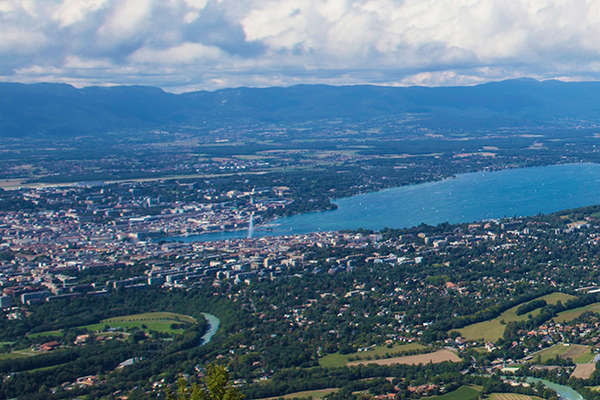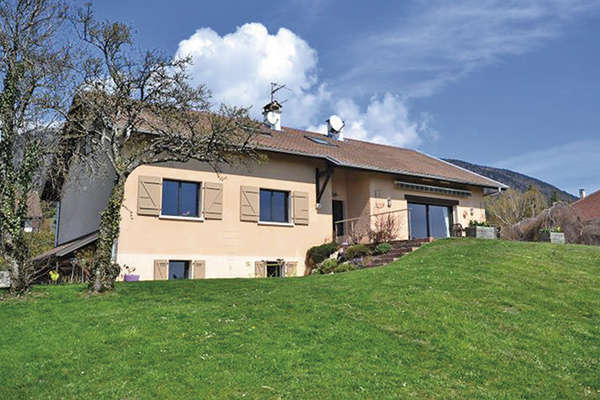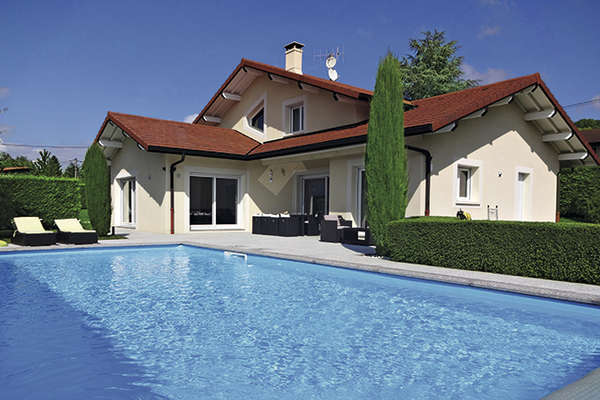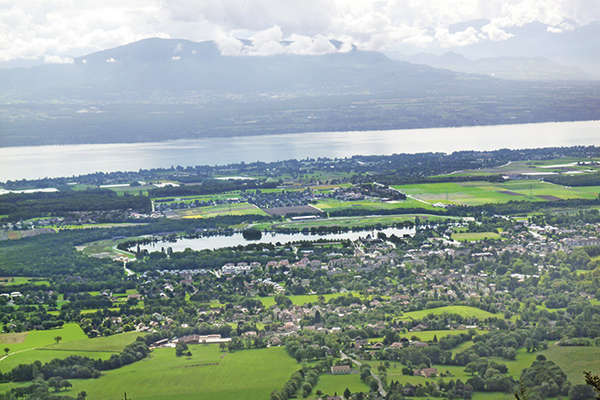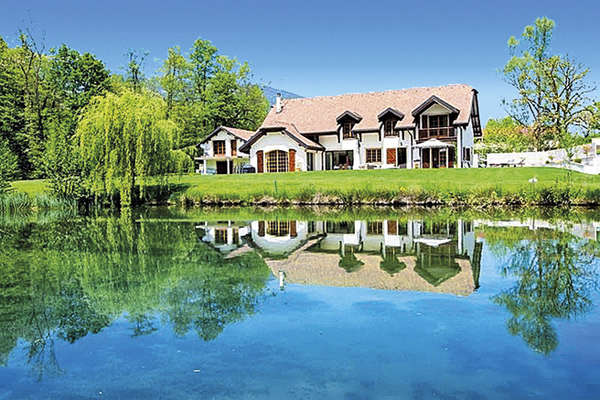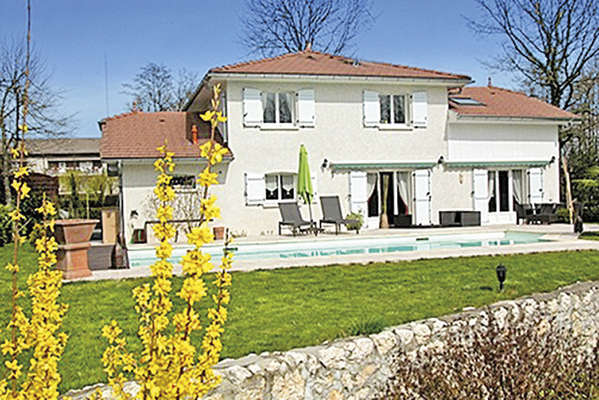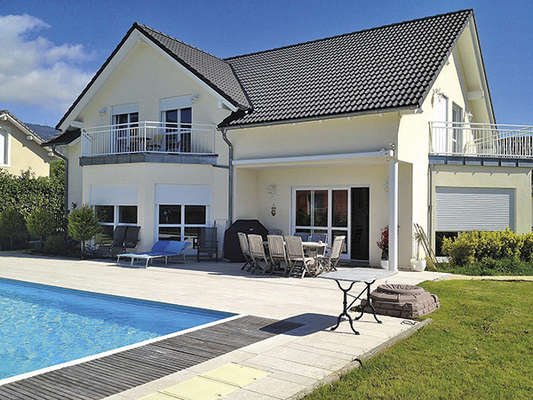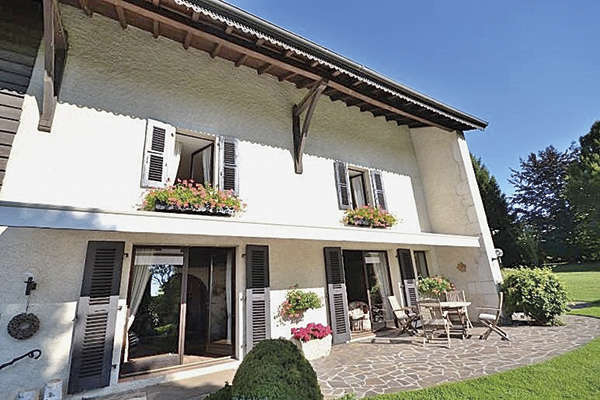Carcassonne, a healthy balance between supply and demand
By Laetitia Rossi - 30 March 2012
Situated 80 km from Toulouse, between the Mediterranean and the Atlantic Ocean, La Montagne Noire and Les Corbières, Le Lauragais and the valley of the Aude, Carcassonne owes its renown to its medieval “Cité”, restored by Viollet-le-Duc in the 19th century and listed as part of UNESCO’s World Heritage in 1997. Its territory of 65 km2 is shared by 47,850 residents.
Linking the land of Claude Nougaro to the capital of L’Hérault, the Autoroute des Deux Mers runs along the southern part of the commune, which is also on the railway line to Sète and Narbonne. A distinction has to be drawn between the lower part of Carcassonne, lying to the west on the banks of the river, and the upper town, on the hill. Over 62 % of the accommodation offers four main rooms ; almost 19 % offer three. The locality began to develop beyond the walls of the Cité from 1247 AD onwards. Each year, some 4 million people visit Carcassonne, which is France’s second most popular tourist attraction after Le Mont Saint-Michel. 500,000 people are particularly drawn by the “château comtal” and the ramparts. In 1810, the town was connected to the Canal du Midi, also listed by UNESCO 16 years ago.
“At the moment, we are seeing an encouraging rate of activity and visits, with a few contracts signed on the dotted line,” says Gérard Colin of Arch’Immobilier. Most concern main homes ranging from 90,000 to 200,000 €, a symbolic barrier beyond which interest begins to falter. People transferred to the region comprise the majority of buyers, with locals more inclined to purchase land and build homes to meet their own requirements. Gérard Colin says that their average monthly income is around 2,500 € per household. In view of their borrowing capacities, the system allows them to undertake part of the work personally, the other part thus requiring savings. A “pavillon” of 100 m2 with comfortable appointments, plus an annex of 30 m2 and a garden of 300 m2 in Saint-Michel, costs 180,000 €. A house of 85 m2 in need of renovation with a garden of 400 m2 over towards the Plateau Lacombe has just found a taker at 120,000 €. Many people here work for the civil service, the prefecture, General Council, hospital, army or the police. The area is also popular among retirees, though they unfortunately have to wait until they have sold their properties in their home towns.
“After stabilizing at lower levels in 2009, 2010 and 2011, prices are now holding steady,” says Ghislaine Gabarrou of Ghislaine Gabarrou Immobilier. “Carcassonne seems to have re-established a certain balance between supply and demand. The trend is clearly towards a return to the centre, that’s to say, the medieval town and its immediate outskirts, Les Capucins, Le Palais, Pasteur and the first part of the Plateau Paul-Lacombe.” Out of the last five sales handled by this agency, four did not depend on mortgages being obtained, three were under 200,000 €, and the other two represented spikes well above this level. A company director from Paris recently acquired a property of 260 m2 with outbuildings on approx. 6.4 acres of land, for 580,000 €. Then a young couple, also from the Paris area, wanting to be closer to their family in the provinces, paid 180,000 € for an apartment of 130 m2, renovated in contemporary style in an old building, intending to open a shop in Carcassonne. Many clients look upon the region as attractive, surrounded by lakes and rural scenery, where the sun doesn’t, in fact, cost a fortune. Proximity to Toulouse, the Pyrenees and Spain is also a strong argument in its favour. These new arrivals have a healthy outlook and are giving a second life to the capital of the Aude. Their interest is reflected in the agencies by serious daily calls. In December and January, potential sellers tried to find takers for their properties before the change in the law on capital gains. Those who did not succeed are taking their homes off the market, though this is not really affecting the rate of rotation. In the coming months, the market is expected to resume its satisfactory cruising speed.
